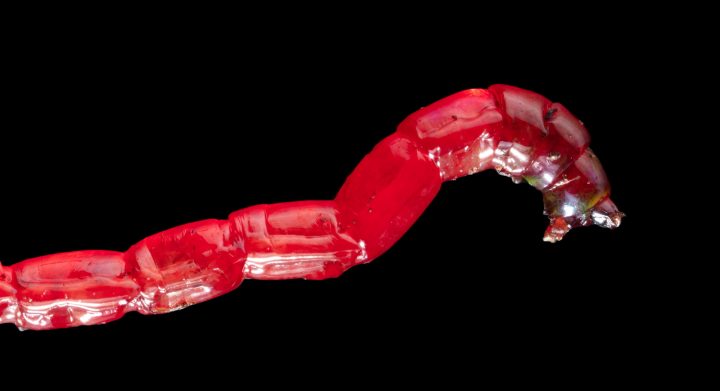Capture, Absorb, or Filter Organisms
Many living systems must secure organisms for food. But just as one living system must capture its prey to survive, its prey must escape to survive. This results in capture and avoidance strategies that include trickery, speed, poisons, constructed traps, and more. For example, a carnivorous plant called the pitcher plant has leaves formed into a tube that collect water. Long, slippery hairs within the tube face downward. When insects enter the tube seeking nectar, they lose their footing and slide inside, unable to climb out and escape being eaten and digested by the plant.
Capture, Absorb, or Filter Solids
Some living systems must secure solid particles such as sediment, usually to keep the particles from hindering their health or activity. The most common way in which they do this is through filtering. To be effective, a filtering system must be appropriate to the sizes of solid particles to be captured and must capture only what is needed. It must also be effective in the appropriate media–air, water, or sometimes solids like soil. An example is mangroves, which are trees that grow along ocean coasts. Their root system slows down and settles sediment out of the water, building up soil to support the mangrove ecosystem.
Expel Solids
Living systems must often discharge solids–such as seeds, eggs, pollen, and mineral salts–for reproduction, protection, or other reasons. Solids can be easily moved when a living system applies force to them. But creating that force requires energy, so living systems must either have efficient strategies worth the energy investment or use an outside force (such as gravity). For example, a tropical mistletoe positions its pollen so that the weight of a bird landing nearby triggers the pollen’s release onto the bird’s forehead. The bird then fertilizes other mistletoes that it visits.
Expel Liquids
There are various reasons living systems discharge liquids, such as to defend themselves, to avoid liquid buildup that can cause decay, to eliminate waste, or to dry off. Because liquids cannot be effectively moved through pushing, a different kind of force is needed to expel them. Creating that force requires energy, so living systems must have efficient strategies worth the energy investment or use an outside force (such as gravity). This typically entails strategies that build up pressure or use other forces to propel liquids away. An example of a living system that expels liquids is the scallop. This creature moves through water by clapping its shells together, generating a water jet that propels it in the opposite direction.





